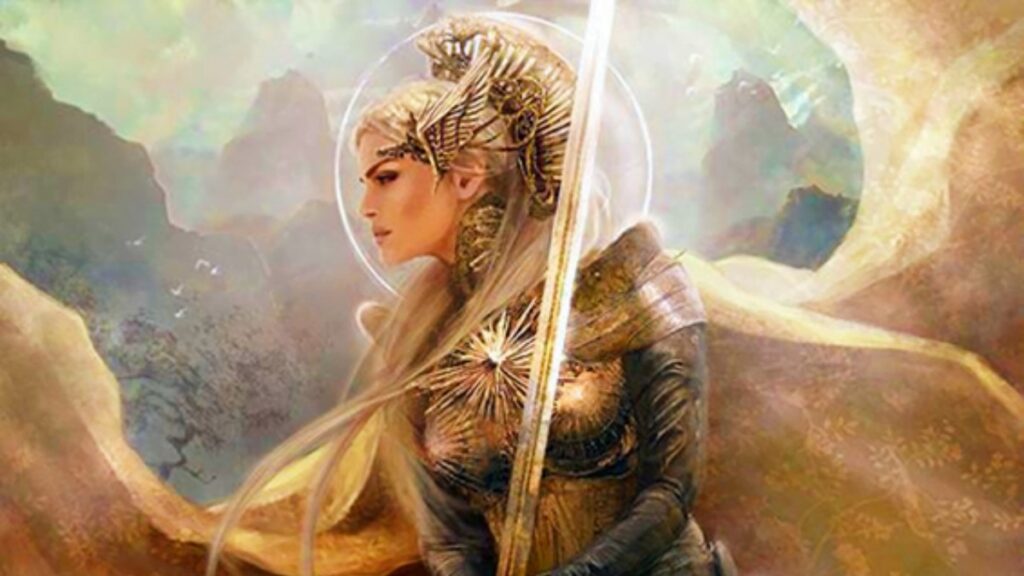Norse Goddesses
Norse Goddesses: Names & Meaning
The Norse culture is one of the richest and wealthiest across the globe. It is exactly unique in the way of presenting and converting through the ages. Having stocked up with the precious information to share there is a point to give you a hand with delving into the Norse mythology goddesses and the symbolical meaning they have.
There are many evocative creatures to capture attention. Nevertheless, in this compilation, we have gathered a great number of the most famous and recognizable ones.
Take your time touching the amazing world of Norse ancient times and the iconic signs the society tended to appreciate. Read on to find out the Norse gods and goddesses and what they represent.
Who were the Viking gods and Norse goddesses?
Concluding the appearance of such divine religious attributes, they almost certainly resembled that time people or perhaps were the same. It is due to their pictures that have been preserved from avoidance. We may even get acquainted with some leftovers saved up to the current day.
Regardless of their look, following the rules of belief and custom, their disciples were really afraid of provoking the rage. Living in this persistent fear, they inclined to subsequently execute all the rituals, especially the sacrificial ceremonies.
To sum up, the Viking gods and goddesses were the reflections of ordinary people. They had the sacral core meaning that to some extent showed up in each life aspect they experienced.
Who does the list of Norse goddesses include? What are the Norse goddesses specific to Norway?
Freya – norse mythology goddess of love, fertility, battle and death
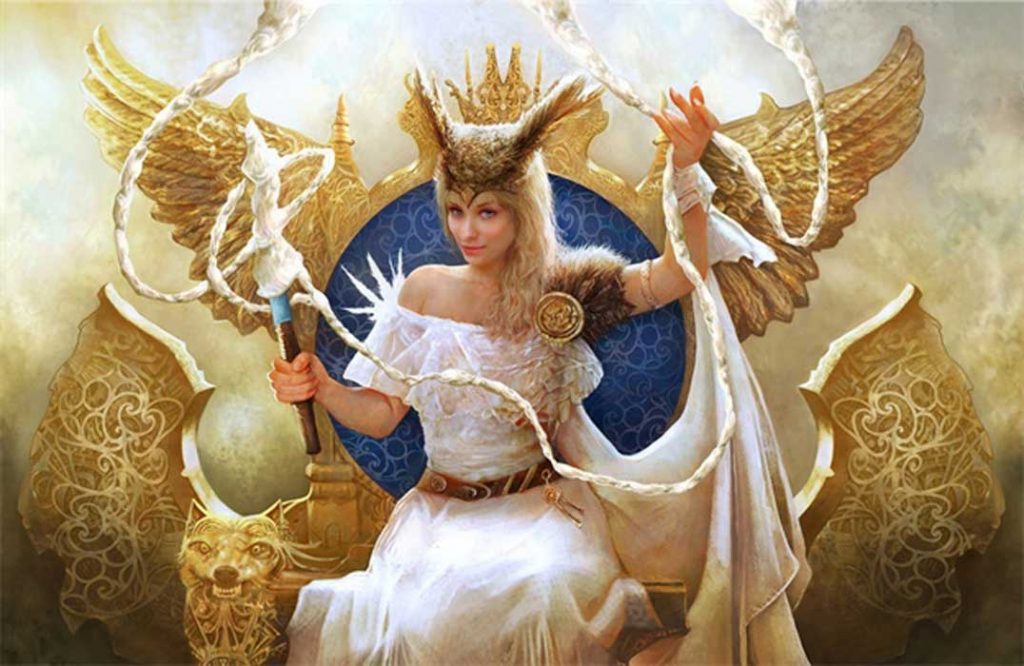
She is the goddess connected with the beauty and gentleness of everything related to a woman. All the females venerated her as the valuable symbol of giving birth and being the defender of all the up and down-to-earth betterments in the house. Like all the women, this significant personality had a family. It engaged the husband, parents, and a couple of daughters.
This female Norse goddess meaningfulness springs from one interesting legend to tell.
During the night, that divine woman was having a trip to Dwarfs. While traveling she saw a few jewelry makers, who were working on the stunning necklace. After seeing such a breathtaking beauty supplement, she immediately decided to get it despite the price.
Nevertheless, the Drafts had no desire to get financial support. They offered a deal where the conditions forced Freya to sleep with each of them.
After some hesitations and fluctuations, the norse goddesses love and dedication goddess gave a positive response. For four nights she had been sleeping with each of the jewelers to obtain such an incredible decoration.
While this famous retelling had spread, the Brisingamen necklace received the iconic meaning in the Norse people’s culture. As they concluded and estimated, the jewelry shone so amazingly and brightly that the value truly justified the efforts.
Frigg

One more goddess similar to the previously mentioned one is Frigg. She is also the iconic symbol of Viking magic, which is more known as seidr.
Seidr is the form of religion that existed before Christianity appeared. It resembles shamanism but in some ways, it becomes understandable because of the ways of bringing the changes to life. Many points come into reality thanks to doing some ritual ceremonies.
Frigg was a divine Volva woman who symbolized such substitution and alteration operations for destiny and fortune. It explains her key presence in seidr practice, as being the Norse goddess of fate.
She was an incredibly beautiful female sex example and also the wife of Odin, one more significant figure in North mythology. He fastened the association with the Norse goddesses of wisdom, royalty, property, and battles.
The researchers and experts who analyze the Norse pre-Christian past suppose there were two women with various looks and names but executing similar functions and bringing the alike love and inspiration backbones to that time female society.
It is interesting to know that the name Friday comes from the Viking times and takes its beginnings from the expression `the day of Frigg`. Even the perception of Christianism as one of the main beliefs across the globe, the symbols of the past covered with paganism present in our lives. Some neopaganism disciples still follow the principles and postulates of the vision and mindset they set in their ways.
Gefion
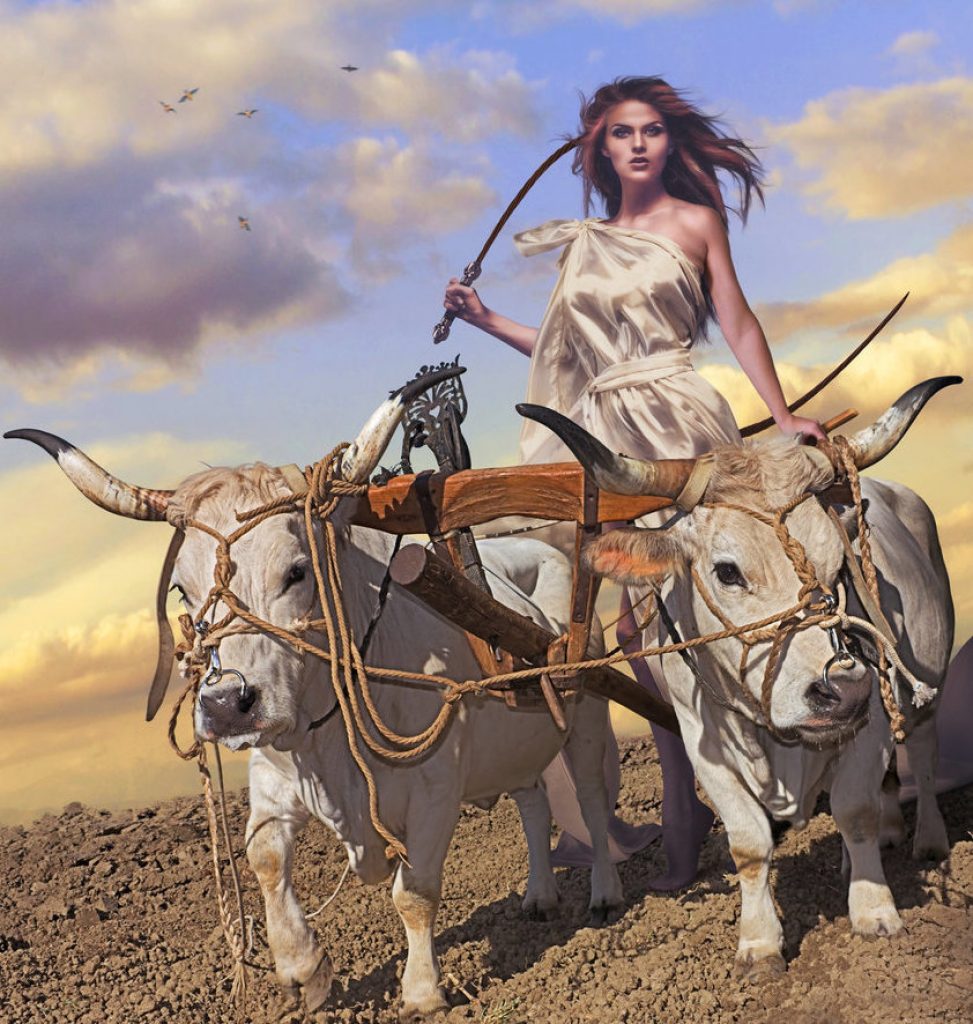
Steadily moving from the external beauty, love, and fortune insights we go to Gefion. The main terms related to this name include agriculture and achievements in harvesting and bearing the fruits. Fertility does not lose its importance through the ages and for ancient people it was also the priority to grow as much as possible. As a result, Norse goddesses importance haven’t changed. That way Gefion ranks in the Norse and Viking mythology.
What does the saga say?
One day Gefion becomes an actress and makes the small performance of a begging woman. Being disguised as such a person, she desperately asks the Sweedish king to give some land for growing and harvesting.
As a response. Gefion hears about receiving as much as she can plow round-the-clock for twenty-four hours. As an intelligent woman, she decides to involve the power of men in the process. Having four sons to give a hand, they execute the task with flying colors.
As a person aware of Swedish natural values, she makes a doubtless choice in favor of the west territory part. Thanks to the efforts of well-built sons and the sharp mind of the plowing leader personified in Gefion, they can plow down the land, cutting out the new breathtaking island. Its name is Zealand, which is located within Denmark ownership today.
Idun

Idun is a symbol of youth and beauty despite age. Fertility relates to this prominent person according to the attainments that show up in the fruits for aging prevention. It is a kind of magic interference that ceases and terminates being noticeably older.
The researchers suppose that the magic apple was the product of eternal young look, but according to some deep analysis, the term `apli` referred to all sorts of fruits or nuts.
One of the famous stories widespread all over the world is about the kidnapping of Idun whose eyes have turned into stars. As mythology experts predict and confirm, a stronger creature called Thjazi killed the goddess.
At the end of the saga of converting the eyesight organ into the objects in space, she shares the immortal beauty and makes the gods and goddesses amazing and young in unconformity to the age they are.
Brage, who is the skaldic poetry god, races to the place where others with the same divine status surround Idun in the throng. Nevertheless, her appearance is completely different. Being a star, she spreads and springs the stunning guise of previously self-similar ones.
Sif
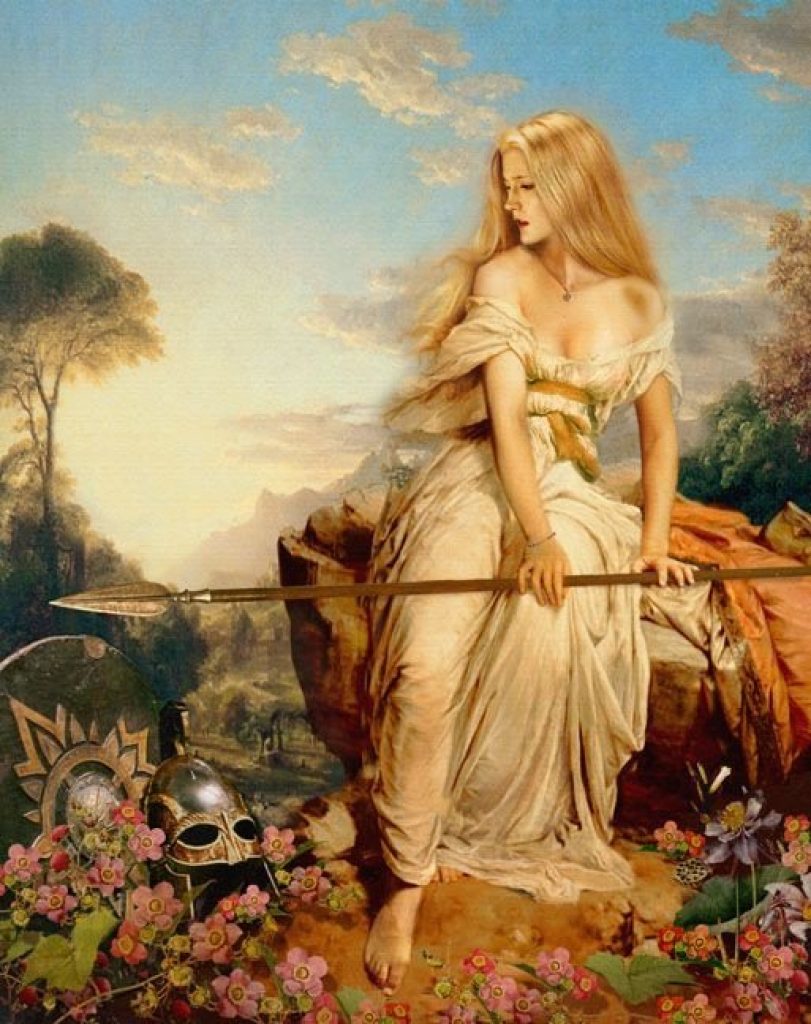
Sif was a deity with the most mysterious past that did not remain many facts to be spread. The name of this Viking goddess stands for “the relation by marriage”. Additionally, the most important thing that has come from that age to the time being is her impressive golden hair. That detail was used to depict the widespread among the mythology followers, it is the story about the creation of Thor’s hammer.
The fact that makes this venerated woman known is being a soulmate and wife of Thor. That is one more Norse saint creature who had the significant meaning of being directly connected with lightning and thunder as the most powerful actions of heaven. She was the gentle half of a strong man.
Stepping back to the mentioned legend, let’s delve into its passing. One day, the trickset called Loki decided to deprive Sif of her amazing golden hair and is seasoned with that idea dared to implement his desire. Having heard about such bold action, the husband of Sif was furious and even exasperated. He promised to turn the insulter into a cripple by breaking each bone of his body.
Loki pleaded with Thor to pardon him thanks to dwarves, highly-respected as the craft masters. He reckoned they could renew the impossible beauty hair of the goddess, and it was not a mistake.
The son of the dwart Ivandi was able to renovate the loss and return Loki to life. After being rescued, he started living noisy in fun in the cave they had. The man looked like the life and soul of the party. The story’s continuation mattered to him as he went on doing some crucial things until passing away. While you wish you would read this story thoughtfully and deedly, Norse Mythology for Smart People gives such an opportunity.
It is worth knowing that the origin of the current weekday Thursday takes its roots from the former Thor’s day. The input resembles the same as with Frigg goddess, whose name appeared in the base of Friday.
Sigyn
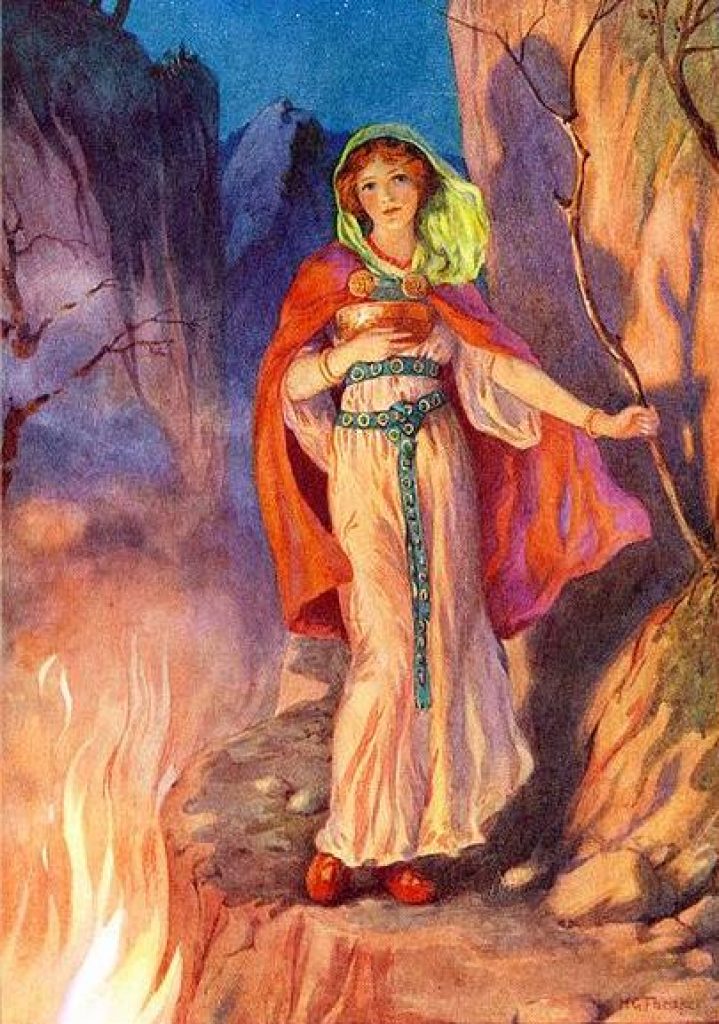
The Norse mythology tends to look like the family tree. The next goddess who rain or shine catches attention is called Sigyn. She is the wife of the previous legend character Loki, who made Sif out of her hair.
Analyzing the name of this female deity, it is worth pointing to its closeness to achievement, whereas one pattern means victory and the other stands for a friend. It is similar to being the mate of victory for the Viking people.
Talking about marital fidelity and the entire dedication to a partner, she was also the role model for many women of that time. Each female sex presenter knew the story about this faithful wife who was standing near the man of her life while the drops of death must have flown down to Loki`s forehead.
She was keeping a big bowl, where these drops were draining. She desperately wanted to preserve his guilty husband from suffering because of the venom draining into his body. As some poison turned up his skin the agony started to make him burst into tears. Such a self-dedication, when a woman tries to ward off the sufferings, constantly carrying the large bowls full of the painful venom.
A great number of pictures where Sigyn was reproduced by the artists, show her with Loki and stress the deep morality and devotion to the dearest and the loveliest man ever.
Eir
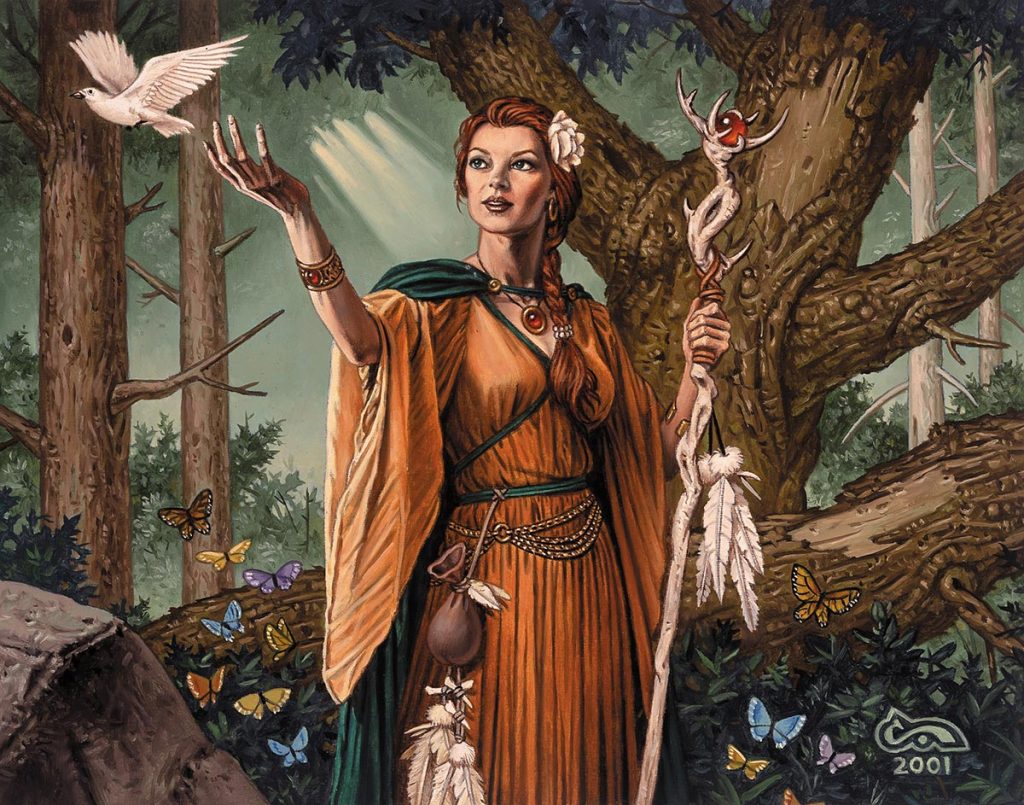
This Viking goddess who was also venerated in the scandic poetry was close to Frigga who was mentioned above. From the very beginning, Eir was a servant who helped the family.
The handmaid took several responsibilities which turned this person into the one who held back the appearance of the new generation. Childbirth is what I am talking about.
She did not only oversee the crucial process of the baby coming to the Earth. As the female top Norse goddesses, she selected not the slain ones, but others to bring into life. She chose who needed to recover and get the abilities back. Thanks to the functions that had matter as salvation from death, that in some way Norse goddess of wisdom and sincere help is exactly meant to the Viking’s past and religious culture.
The art people who apply the mythology attainments to present that age in black and white or to use it just as a base for creating the modern masterpieces associate Eir with healing. They prefer to describe many rituals where this conscientious, sensitive, sincere, and well-natured woman performs as a main attribute.
Fulla
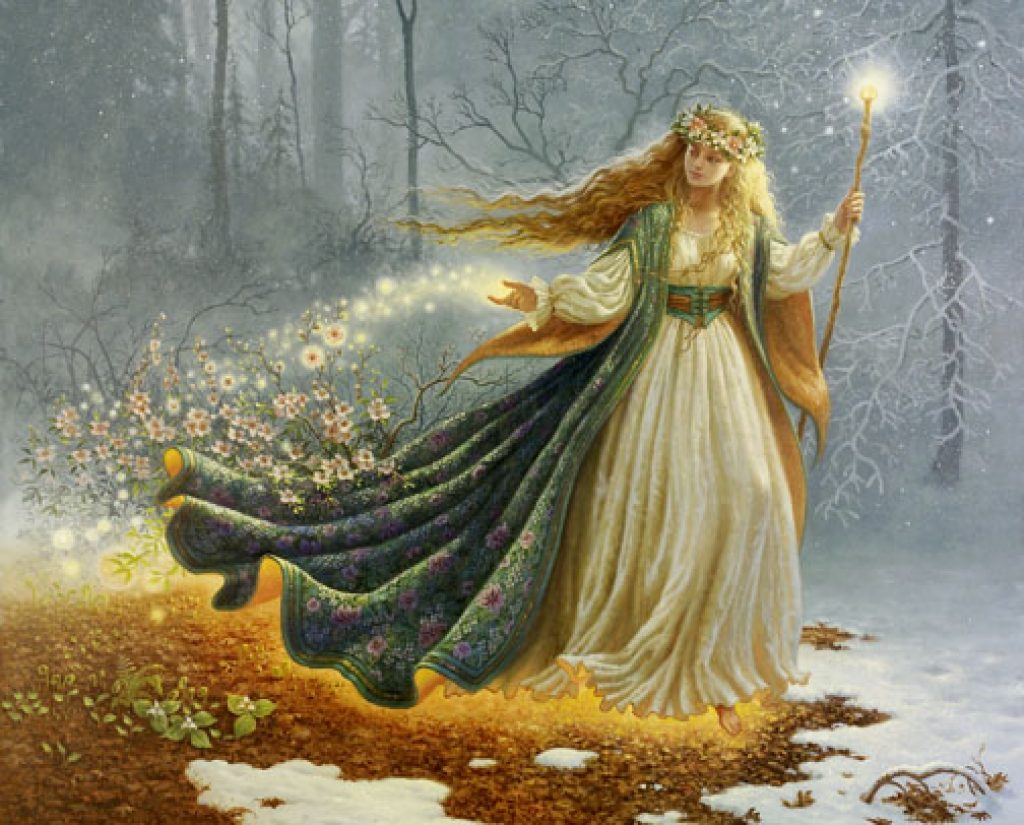
The one more servant and sister simultaneously, whose way begins close to Frigga is called Fulla or according to another version Volla. Her name predominantly stands for “abundance”.
This person was invoked to oversee and observe the pieces of jewelry and other ornaments to wear as an addition to an outfit. She also was responsible for the state of the shoes which the Queen of Asgard put on. For all that, the onlookers would rather apply the expression confidate to mark the status of relationships between both. The person higher in title defined the future abundance goddess as definitely a trustworthy one.
As the argument, while Frigga hired others to control her decorations was their magic meaning and some mystery hidden. Some mythologists even suppose that the men were abandoned to glance at some couples of them.
The Vikings named Fulla (Volla) the goddess of fertility and bounty. It is the reason why this word has the associative point as the symbol of well-being and good enough standing.
Ilmr

This goddess is one of the figures whose life and activity are covered with a big mystery because the amount of information about this person is minimal. Her name often appears in skandinavik kennings.
What are they?
According to the resources, whose materials we use to open the question leaving no guesses behind, kenning is a special figure that was popular for old Anglo-Saxon and Norse literature style. It is the type of few nouns combined and connected in one expression. The most famous example of such an engagement is Beowulf.
Whether we suppose what input hides inside her name means “pleasant smelling one”. Referring to such a short description, we may conclude significance as the goddess of odour, scent, and everything that is satisfying to sniff.
Hel
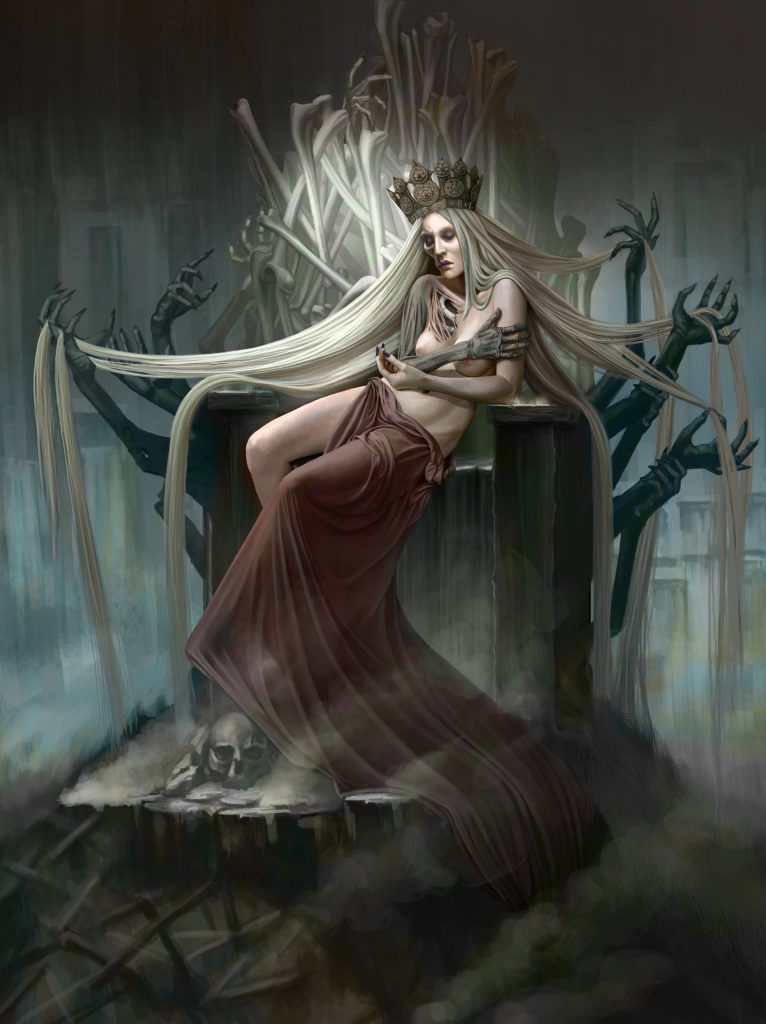
There is a little more information about Hel, who is also the saint creature for Norse mythology and old Norse goddesses fans.
Reasonably the name of this giantess found transformation in the English word famous across the globe thanks to the recognizable song “Highway to hell”, originally performed by AC\DC.
This female Norse goddesses referred to the underworld life that people were inclined to experience after their death. The name stands for the word “hidden”, which also occupies the continuation of being when a person disappears from the Earth’s surface. It concerns the point of something that waits for a human after leaving the planet as a breather.
When we want to get some more awareness about the origin and background of Hel, her family roots also include Loki, who will not be reminded the first time. As the scholar Snorri Sturluson proves, she was the daughter of Loki and Angrboda. The same researcher regards her appearance as half-black and half-white simultaneously. When he considers how her face might look, there must be something fierce or cruel.
This last hero of our review is a little different from others, but despite that fact, she is an eye-catching and even iconic personality for Viking history. It is always important to have the light and the dark side to see things in black and white and understand where to get a share of the cake. Everything has preconditions and consequences, so the world should include two sides of the same coin.
Baduhenna
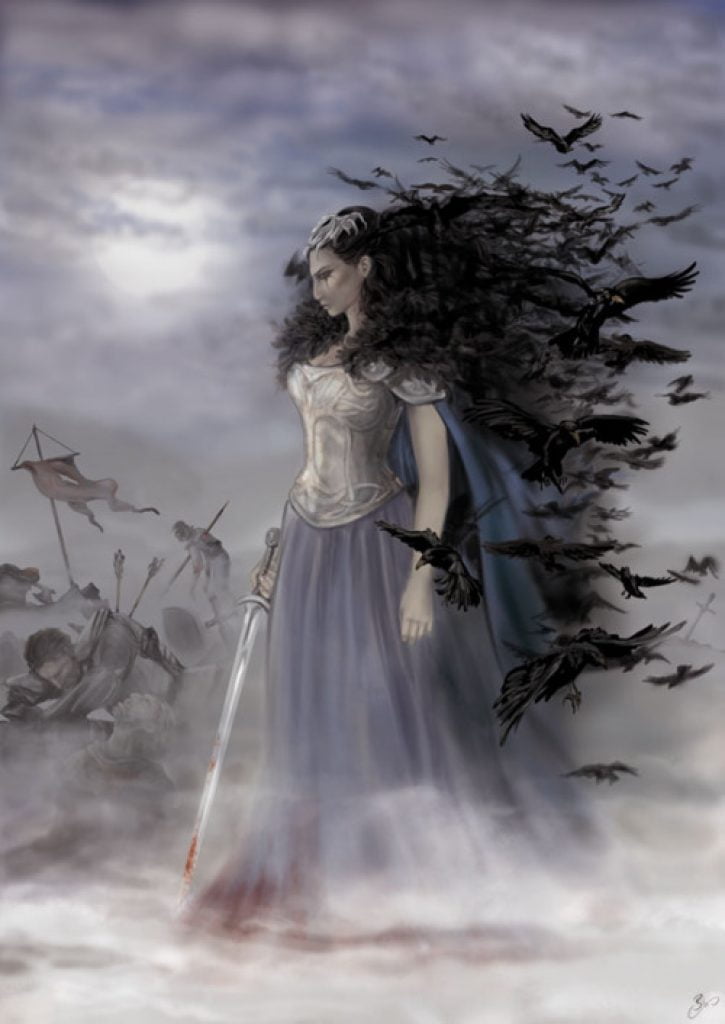
The next divine woman to appear in the compilation is Baduhenna, who is mostly associated with fighting and defendants. In addition, she becomes the symbol of war and forest.
The majority of precious data about her saturated past has come to the current generation thanks to the efforts of the author called Tasicus, who wrote “The battle of Baduhenna”. In this artwork, he broadened the horizons about the battle that took place between Frisians and the Romans.
The reason for such an armed interference was the occupation of the Frisian lands. Desiring to show revenge, they made up their minds to attack. It was in the year 28 A. D. They arranged to assail the Roman fortress Castellum Flevur together. By and large, the name of the Norse female warrior goddess and norse goddesses of war remains in the lines of the story mentioned above.
In some retellings and versions of the former actions of the woman, who breaks in the consciousness as a soldier in the battle of wars, she also defines madness.
Sol
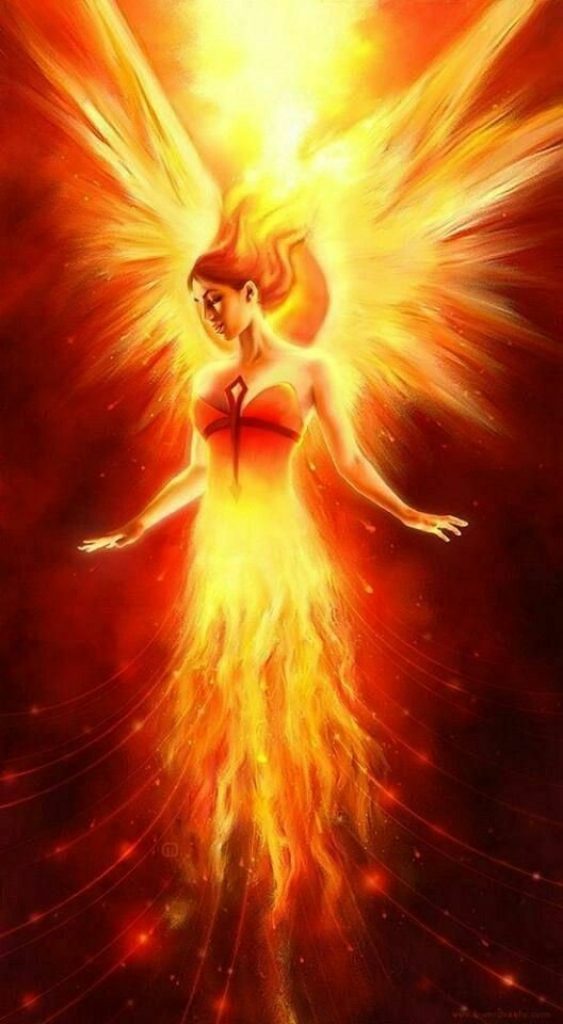
Viking goddesses of war who was a woman? On the contrary to the personification of some wars, battles, or even relation to hell, mentioned in the description of two goddesses having turned up beneath, there is the eye-catching and evocative figure of Sol.
Who was she? Her contemporaries called this woman the goddess of the Sun, whose energy and power directly occupy the interaction with orbs. Additionally, the fate of this creature is tiny tied with the destiny of her brother, Mani.
As the researchers prove, they took part in the division of day and night into two parts that are different in the view and functions. The phases of the moon also depended on their divine influence and interference.
Snorri Sturluson who wrote the Prose Edda analyses the family roots of siblings and promulgates the fact that a couple was children of Mundilfari. The lovely father chooses the Norse goddesses names for descendants taking into account the ones which have sprung from the Moon and the Sun.
Thus selecting the ways to make son and daughter recognizable and having the fortunate destiny, he stopped saying they must be Sol and Mani. Others were against such a decision, but he was able to defend the dignity and make both the iconic ones.
Finishing this short compilation with only a few venerated and high-appreciated examples of Norse gods and goddesses, let`s step on to the conclusion.
How many Viking gods and goddesses are there?
The number of gods and goddesses who perpetuated the names of goddesses in viking and norse mythology and meaning in the ancient people`s culture is unknown indeed. For all that, such a variety of sacral contribution markers make Vikings not only keen on religion but also dedicated to its postulates.
When we broaden our outlook and go deeper into the Viking past, their religion, and beliefs, this age is covered with the fairness and endurance of gorgeous devines of all the sexes.
Predominantly, history gives bigger meaning to the gods of the male sex, but maybe does not allow women to show up as the creatures with the same importance level. We do not say about being partial or prejudiced concerning this point, it is just talking about precious values the world tends to have.
Modern Christianity and other religions in different countries, especially Europian, are proud of numerous traditions regarded as unique. When we strive to examine the roots and find out the ways of forming, we mostly come across the remains of paganism or pre-Christian phenomenons of gods involved. Sometimes it works as the stage which precedes the up-to-date regulations for following the belief. Our present perpetually springs from our past.

